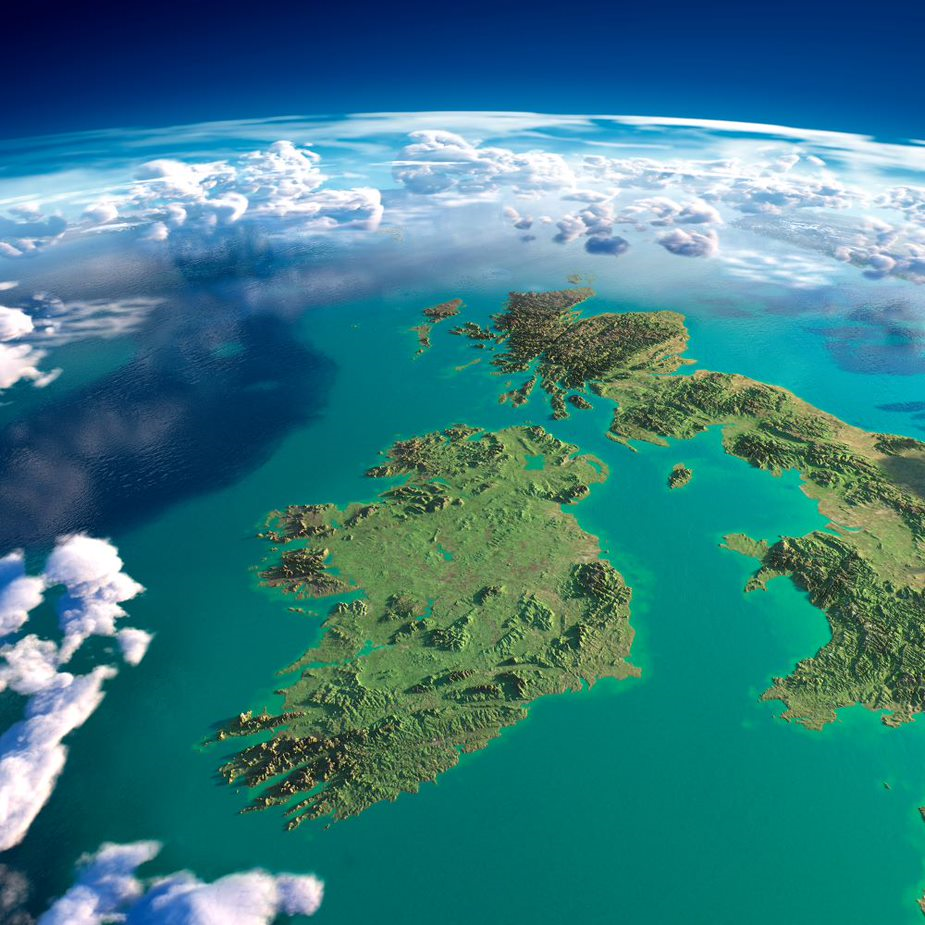
Trade and customs experts in the UK and Ireland have said governments and industry bodies should work together to restore the ‘GB landbridge’ through the improved use of transit procedures, a freeport in Wales and by establishing a ‘digital trade corridor’ over the Irish Sea.
Since Brexit, traders have been required to complete new import and export formalities – including customs declarations – to move goods from Ireland to the EU across Britain.
Speaking on an Institute of Export & International Trade (IOE&IT) webinar yesterday (20 February), Shanker Singham, the chief executive officer of trade law and economic policy consultancy Competere, said that these new requirements had seen goods moving across this route drop by 20%.
“The landbridge into GB and beyond, for Irish traders and suppliers, is a very important route,” he said, adding that “further restrictions” are still to be introduced for EU goods entering GB when the government publishes its much-anticipated Target Operating Model for the GB border this spring.
NI Protocol complication
Singham also warned that the ‘green lanes’ model for goods moving between Great Britain (GB) and Northern Ireland (NI), currently being discussed in the negotiations over the protocol, could also cause an imbalance in trade on the British Isles.
“If there is too much of a difference between the treatment of the direct route from GB to NI versus the central corridor route, we could see problems because 20% of the trade between GB and NI flows across the central corridor,” he said.
Bring back the landbridge
Ian Hampton, the chief operating officer for fleet and government affairs at Stena Line, said that it was trying to influence governments in the UK and Ireland to “bring back landbridge traffic by dealing with the complexity of rules that are in place post-Brexit”.
Hampton and Singham agreed that this could be achieved within the overall regulatory framework, with Hampton saying there is a lot that can be done that is “within the bequeaths of government”. He said that EU member states should consider that the terms of the Union Customs Code (UCC) and Common Transit Convention allow them to “maximise flexibility”.
He also said that it was “essential” that the UK government establish a freeport in Wales, saying that it was a “major lever for opening up a trade corridor” between GB and Ireland. The government is expected to announce a new freeport in Wales in the coming weeks, with Hampton mentioning that a freeport in Holyhead is “one of the initiatives on the table”.
‘Facilitating legitimate trade is key’
Singham and Hampton were joined on the webinar by IOE&IT director of strategic projects and international development Kevin Shakespeare and Irish Revenue’s head of Brexit and international policy Celine O’Neill.
O’Neill said “facilitating legitimate trade is key”, raising that the introduction of a pre-lodgement model for declarations on goods entering Ireland had allowed Revenue to “green route about 92% of all the trade that arrives in Ireland”.
She said that one of the key objectives agreed to by customs heads in each of the EU member states was to “move from the current transactional approach to a systems-based approach, re-using data and looking for data that is more easily available to trade, rather than the current model, which is very prescriptive”.
Shakespeare agreed with this sentiment, saying “we all want to see legitimate trade flow freely, with enhanced use of the GB landbridge and with increased use of trade facilitations, using advanced supply chain information”.
Shakespeare mentioned that the updates to the UK’s transit IT system, which are due to come into effect in November with the release of NCTS 5, could also help to make transit procedures easier to use, making it easier for businesses to move goods over GB between Ireland and the EU.
Easier to use
Singham agreed with O’Neill that the move from a transactional to a systems-based approach was important for restoring the primacy of the GB landbridge for traders, saying that a ‘digital trade corridor’ could, in effect, be established over the Irish Sea.
He said that, for traders, this could operate in much the way that the Trader Support Service portal currently operates for firms moving goods between GB and NI, saying that it should make the process of providing information for goods “as simplified and easy as possible”.
“It’s then a matter of much information can be drawn from a typical trade document, particularly the invoice.
“Can you then have a system that is able to reach out to parts of the supply chain where there is missing information? For instance, with the commodity code, can you reach out and pull that into the system?”
Green and cheaper
Singham added that there are also significant green benefits for restoring the GB landbridge, citing research conducted by the Centre for Economics and Business Research (Cebr) that shows that carbon emissions for goods moving through GB are 21% lower than those moving from Ireland to the EU direct.
“The landbridge is also cheaper for traders, with economic benefits for each of the UK, Republic of Ireland and the rest of the EU,” he added.

